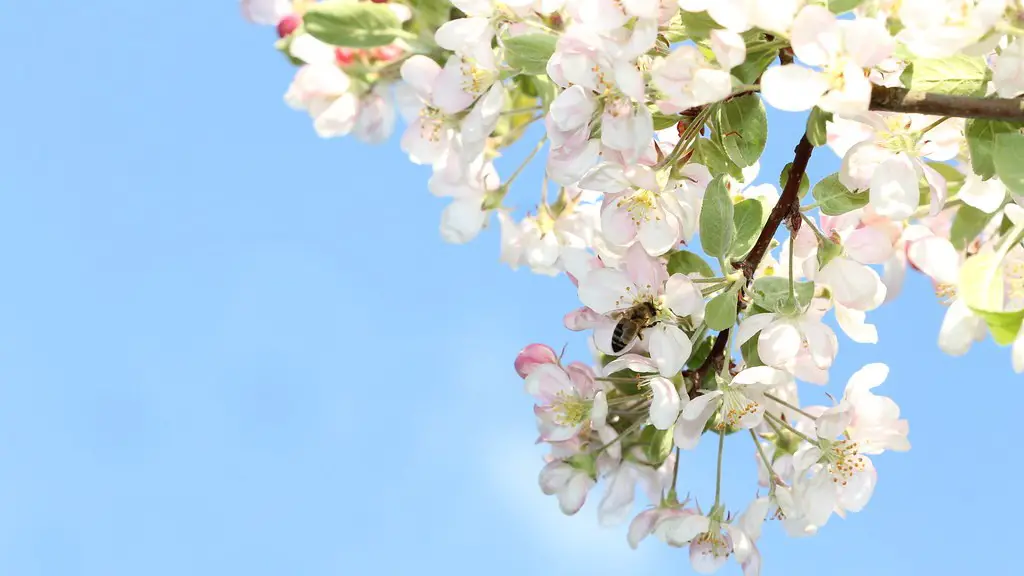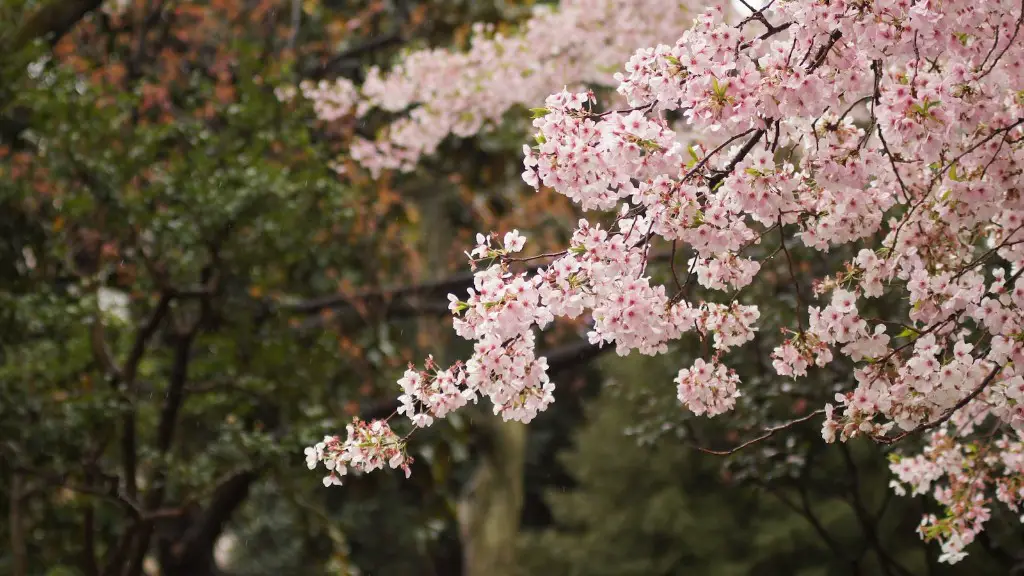A healthy apple tree should produce apples on an annual basis, yet there are many reasons why a tree may not be producing fruit. This article will explore some of the major causes for why an apple tree may not bear fruit, such as environmental issues, inadequate pollination, and issues with planting and pruning. It is important to investigate these factors thoroughly in order to determine why the tree is not producing fruit.
Environmental issues
The environment in which the apple tree is planted can affect the tree’s ability to produce fruit. If the tree is planted in a spot that receives too much or too little sun, it will not grow and thrive as well as it otherwise could. Additionally, an excess of heat or cold can be detrimental to an apple tree’s growth and productivity. Soil composition and drainage are also important factors that can impact the ability of a tree to be productive.
Inadequate pollination
Another cause for an apple tree not producing fruit can be inadequate pollination. To create apples, the tree needs to be pollinated by bees or other insects and animals. If pollination does not occur, European varieties of apples will not develop. Apples that are grown from certain tree types, like dwarf apple trees, also require more pollinators than trees that have already adapted to their environment.
Issues with planting and pruning
When planting an apple tree, any root disturbance or grafting stress can negatively affect fruit production. When pruning an apple tree, the final shape of the tree should be a pyramid shape, with several limbs coming off an unbranched trunk. Too much pruning can cause stunted growth and reduce the tree’s fruit production.
Environmental issues: Temperature
Temperature can have a significant impact on the fruit production of an apple tree. If temperatures are too hot for too long, the tree can become stressed, resulting in fewer apples and poor tasting fruit. Temperatures under 20 degrees Fahrenheit, or above 85 degrees Fahrenheit can both impair or even completely halt the growth of an apple tree, which will then lead to fewer apples. Therefore, it is important to make sure that the temperature of the location where an apple tree is planted is within the ideal temperature range.
Environmental Issues: Soil
Soil is another factor to consider when dealing with a fruitless apple tree. Apple trees grow best in slightly acidic dry soil, which should be well drained with a pH of 6.5 to 7.0. However, if the soil has a pH of 6.0 or lower, the tree’s roots won’t be able to take in enough phosphorus, which can cause the tree to be stunted and decrease the amount of fruit it produces. Additionally, the tree should be planted in an area that is free from chemical runoff and excess nitrates, as these can also reduce the amount of fruit an apple tree can produce.
Environmental Issues: Growing Conditions
Growing conditions play a crucial role in an apple tree’s fruit production. Trees do best in areas with reliable precipitation, such as standard rain or snowfall, in order to maintain adequate moisture levels in the soil. Additionally, apple trees require specific amounts of sunlight throughout the day. If a tree is planted in an area that is too shaded, it will likely lack the necessary sunlight needed to produce fruit. If a location provides too much sunlight, the heat may damage the tree’s bark, leading to reduced fruit production.
Pruning and Grafting Stress
When pruning an apple tree, cutting off too many of the tree’s branches can reduce the productivity of the tree. Additionally, when an apple tree is grafted onto another type of tree, the new root structure may not be properly connected to the tree’s base and therefore not be able to produce as much fruit as a tree that has a fully-developed root system. Therefore, it is important to be careful when pruning and grafting an apple tree in order to ensure the tree can produce enough fruit.


